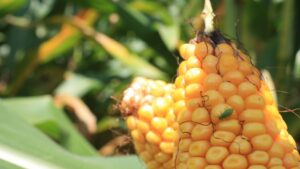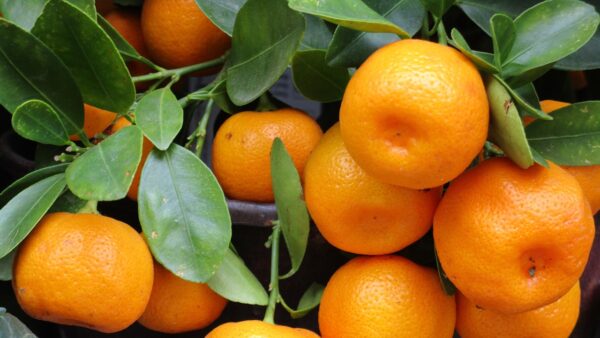There are countless articles each day about how farmers and commercial crops are being impacted by this delayed planting season. Much of this conversation has focused on acreage shifts, the reaction (or lack thereof) by the commodity markets or how many prevented planting acres could be realized.
Missing from this conversation is how seed companies could be impacted and what they can do to mitigate the risk. Delayed planting seasons hit seed businesses particularly hard. Crop plans for the 2020 planting season were set months ago. Each company had to project how much of each hybrid it would have in inventory to decide how much of what hybrid to grow. Shifting acreage from later corn to early corn, corn to soy or corn to prevent plant acres could create seed corn inventory imbalances.
What You Need to Know
Knowing when each hybrid was planted, and which are yet to be planted, can give you some projection of the yield potential. Later planted seed corn can be at risk for lower yield, just as later planted commercial corn can be. Overlaying the planting dates of the 2019 seed crop with your current inventory position will help you project possible inventory imbalances now and give you time to mitigate those for the 2019-2020 sales season.
Later planting can also impact bag weights. Seed corn tends to mature along with the shortening of daylight hours and cooler fall temperatures. Much like commercial corn, seed corn that has a shorter grain fill period may accumulate less test weight than earlier planted seed corn. This can lead to lighter bag weights than normal for that given hybrid.
Both the yield potential and bag weight impacts will vary by the maturity of the hybrid, its genetic background and production location. If you’d like an individual assessment, please reach out to me and we can discuss your specific questions and situation.
What You Can Do
Establishing a contingency plan for your most important hybrids now is a good idea. If farmers did switch to earlier hybrids, en masse, there will likely be supply pressure in earlier maturities come this fall/winter. Locking in additional supply now will protect you against the possibility of shortages or higher inventory purchasing costs later. This can also mean adding inventory of a backup hybrid(s) to some of your company’s new launches, which are likely to be mainly sourced from 2019 production.
Finally, communicate this all to your sales team. Prepare them to be more flexible on which hybrids to promote and for the potential of lighter bag weights now.
The 2019 seed corn production crop could be just fine with normal summer weather and a slightly warmer fall. But, preparing now could give you a leg up on your competitors and give your company its best chance to succeed in the spring of 2020. May we never see a spring like 2019 again!








